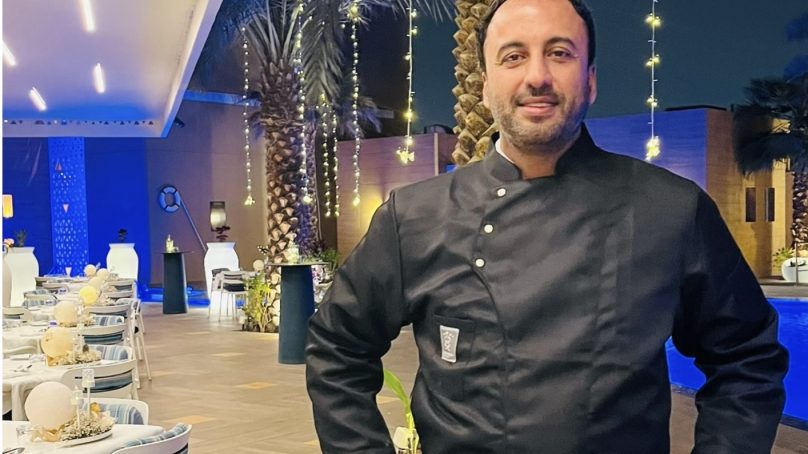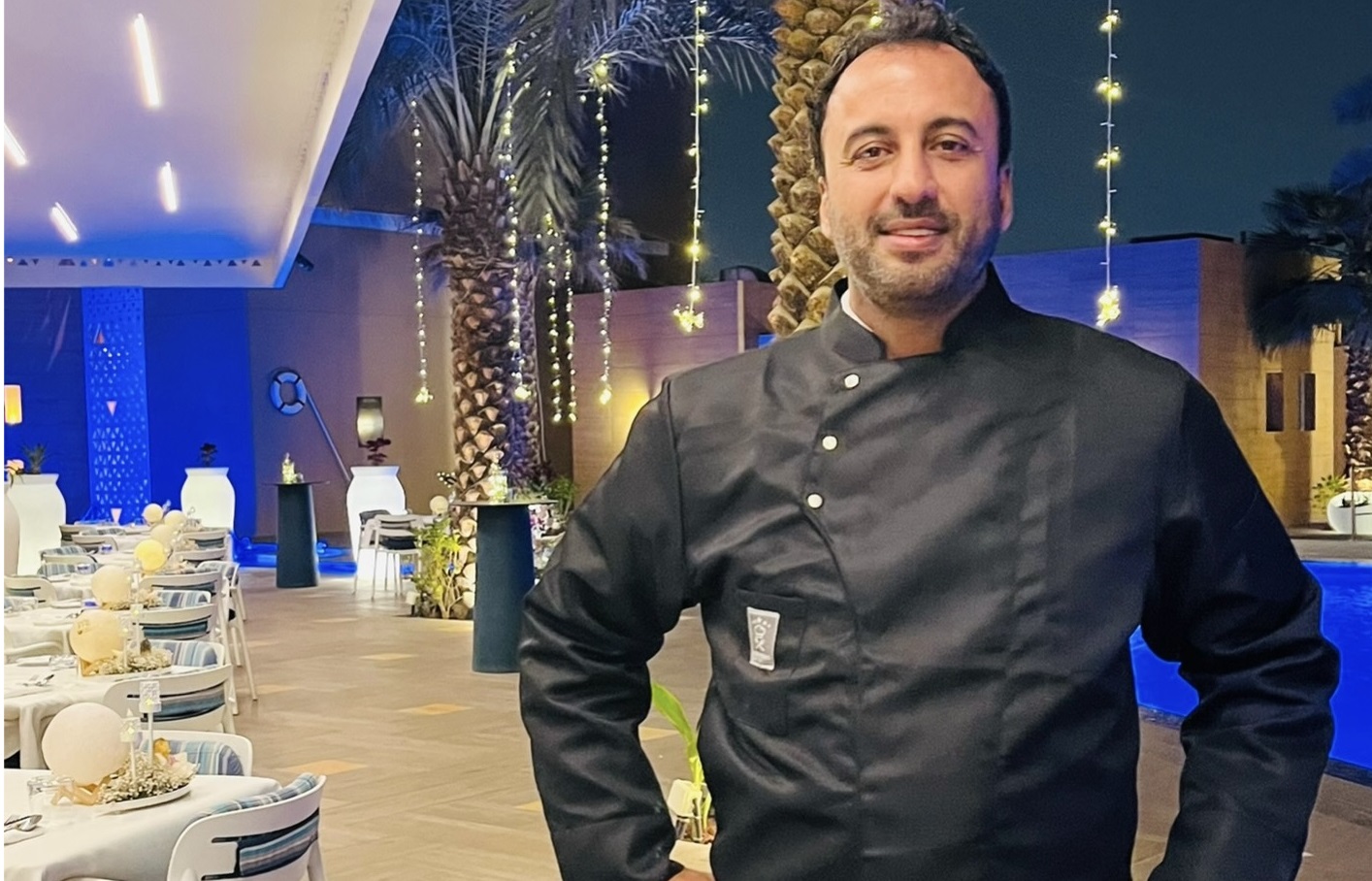As the corporate executive chef of Vivienda Group in Saudi Arabia, Rabih Fouany brings precision and passion to his culinary craft. He skillfully blends authenticity with innovation when adapting Lebanese cuisine to suit Saudi Arabian tastes and dining traditions. Here, he shares how he preserves the soul of Lebanese food while navigating Saudi culinary preferences.
How do you preserve the authenticity of Lebanese cuisine when adapting it for Saudi Arabian tastes and dining culture
Preserving Lebanese culinary authenticity while adapting to Saudi preferences requires thoughtful balance between heritage and local dining expectations and cultural nuances. Therefore, we remain faithful to traditional recipes, ingredients and techniques while gently modifying seasoning or presentation to suit regional Saudi tastes. For instance, we may reduce spice intensity, emphasize rice-based dishes or adjust portions to accommodate Saudi-style family and group dining. Nevertheless, Lebanese cuisine’s essence, from freshness to generosity and warm hospitality, remains intact despite being aligned with what Saudi guests appreciate.
Are there specific dishes or ingredients that resonate more with diners in Saudi Arabia compared to Lebanon?
Yes, absolutely. While Lebanese and Saudi cuisines overlap, specific preferences in Saudi Arabia influence how Lebanese dishes are best received. To begin with, Saudi diners favor rice-based meals, so Lebanese mixed grills or kabsa-style lamb with rice outperform traditional bread-based combinations.
In addition, Saudi palates generally prefer milder flavors, making tangy dishes like mujadara or batata harra less commonly favored options. As a result, Lebanese dishes with balanced spices and subtle seasoning tend to be more appreciated by a broader Saudi audience.
Equally important, grilled meats like shish tawouk or lamb kebab are deeply familiar and loved, aligning perfectly with Saudi barbecue traditions. Moreover, while dips like hummus and mutabbal are shared favorites, Saudis often enjoy creamier versions with toppings like meat or nuts.
Finally, desserts such as kunafa, maamoul or halawet el jibn are very popular, especially when paired with traditional Saudi Arabic coffee.
How do presentation, portioning or service style differ when serving modern Lebanese cuisine in both countries?
To start, Lebanese plating often favors elegant minimalism, especially in Beirut’s fine-dining scene, reflecting modern aesthetics and refined culinary presentation. In contrast, Saudi presentation emphasizes abundance and richness, where visually fuller, more luxurious plates are generally preferred and admired. Furthermore, in Lebanon, diners often enjoy smaller sharing plates or individually portioned dishes, especially in trendy or urban culinary environments. Meanwhile, Saudi culture traditionally values large communal platters, reinforcing hospitality, generosity and shared dining.
When it comes to service, Lebanon favors relaxed, efficient service styles, particularly in informal or fast-paced dining environments. In contrast, Saudi Arabia prioritizes attentive, formal service with personalized touches, especially for VIP guests or prominent family-centric dining occasions.
Thus, adapting to these cultural expectations while preserving Lebanese culinary identity ensures a respectful and elevated dining experience.
What limitations or opportunities do you encounter when sourcing traditional Lebanese ingredients in Saudi Arabia?
One significant challenge in Saudi Arabia is sourcing traditional Lebanese ingredients due to their limited availability, seasonality and fluctuating quality standards. For example, specialty herbs like fresh za’atar, kishk and certain olives are harder to find. Furthermore, import regulations and lengthy lead times often affect supply chains, making it difficult to maintain consistent quality across all dishes. However, this challenge also presents valuable opportunities, especially as Saudi Arabia’s gourmet market expands and diversifies across major urban centers.
Specifically, cities like Riyadh and Jeddah now offer improved access to international suppliers and specialty ingredients for professional culinary use. Moreover, local farms are producing premium vegetables, herbs and meats, supporting fresher, more sustainable versions of traditional Lebanese recipes. Therefore, chefs can creatively adapt classics using local resources while preserving authenticity and delivering high-quality dishes aligned with Lebanese culinary traditions.
In your experience, how has the perception of Lebanese cuisine evolved in Saudi Arabia?
Over the years, perceptions of Lebanese cuisine in Saudi Arabia have evolved from casual mezze dining toward a refined, lifestyle-oriented experience. While classics like hummus, tabbouleh and grilled meats remain cherished, there’s increasing appreciation for presentation, ingredient quality and dish-specific storytelling.
As a result, Lebanese cuisine is now viewed as both comforting and sophisticated. This shift has also influenced the regional food scene, prompting Middle Eastern cuisines to elevate their identity and embrace fresher ingredients. Furthermore, it has encouraged contemporary service styles and inspired chefs to present heritage through innovative techniques. Ultimately, this evolution motivates both chefs and diners to celebrate tradition.












